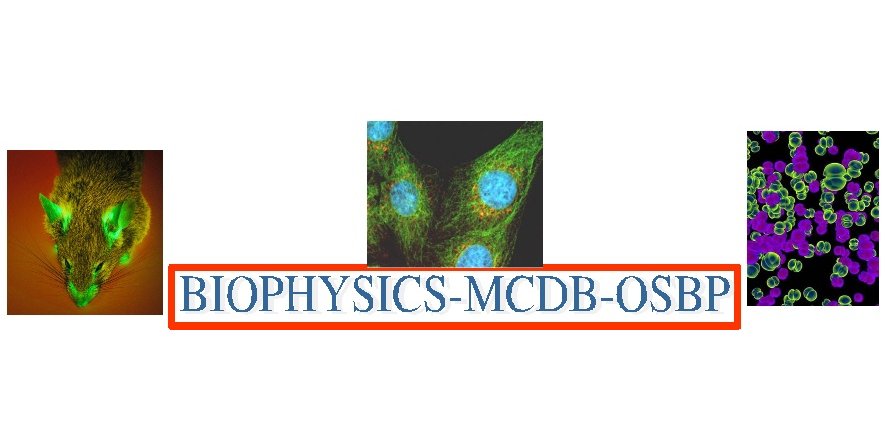Interdisciplinary Graduate Programs Symposium

2010 OSU Molecular Life Sciences
Interdisciplinary Graduate Programs Symposium

Talk abstracts
Abstract:
Vesicles, which include liposomes and polymersomes (polymer vesicles), are being investigated as red blood cell (RBC) substitutes. In this study, we investigated the cytotoxicity and biophysical properties of vesicle encapsulated hemoglobin (Hb) dispersions. Polymersome encapsulated Hbs (PEHs) were self-assembled from biocompatible amphiphilic diblock copolymers composed of poly(ethylene oxide) (PEO) and poly(butadiene) (PBD). In the PEO-PBD diblock, PEO functions as the hydrophilic block while PBD functions as the hydrophobic block. In addition, liposome encapsulated Hbs (LEHs) of different sizes, containing poly(ethylene glycol)5000-distearoylphosphatidylethanolamine (PEG5000-DSPE), distearoylphosphatidylcholine (DSPC) and cholesterol were also prepared.
The size distribution, Hb encapsulation, oxygen affinity, cooperativity coefficient, and methemoglobin level of the vesicle encapsulated Hbs (both LEHs and PEHs) are consistent with values required for efficient oxygen delivery in the systemic circulation. To evaluate the potential use of PEHs in vivo, we assessed the in vitro cytotoxicity of PEH dispersions with a human endothelial cell line. PEH dispersions showed negligible cytotoxicity at 1.5 g/L of Hb. Collectively, our results demonstrate that these vesicle dispersions show good potential as an artificial oxygen carrier.
Keywords: polymersomes, vesicles, hemoglobin